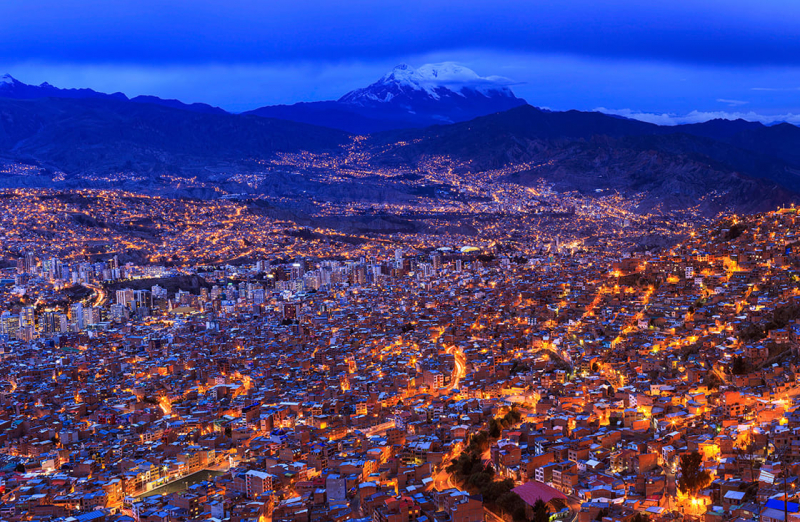Great To Visit Year Around

Top 9 in Top 11 Reasons to Visit Bolivia
Bolivia's weather varies greatly depending on altitude and topography, with temperate valleys, semi-arid highlands, humid jungles, and balmy lakeside villages. Due to the country's high elevation, temperatures range from hot and humid during the day to freezing cold at night. The sun's rays are fierce in the highlands, and the rain can be relentless in the lower regions. While Bolivia is a beautiful place to visit at any time of year, there are advantages and disadvantages to visiting during different seasons. Knowing ahead of time what sights you want to see, tours you want to take, and the mode of transportation you intend to use will help you determine the best time to visit Bolivia.
While Bolivia is beautiful at any time of year, there are a few weather considerations to make before planning a trip. Off Season (November-April) The rainy season in Bolivia's lowlands, which lasts from November to April, can be disastrous, with torrential downpours making road travel difficult, if not impossible. Most tourist roads are not adversely affected in general, but closures do occur. Climbing and hiking can be hazardous because of inaccessible trails, landslides, and river swells. The shoulder season is a great time to visit Bolivia, as the weather is pleasant with limited amounts of rain.
Tip: For those wanting to experience the “largest mirror on earth”, visiting Salar de Uyuni between March and April will increase your chances of seeing the natural phenomena.












